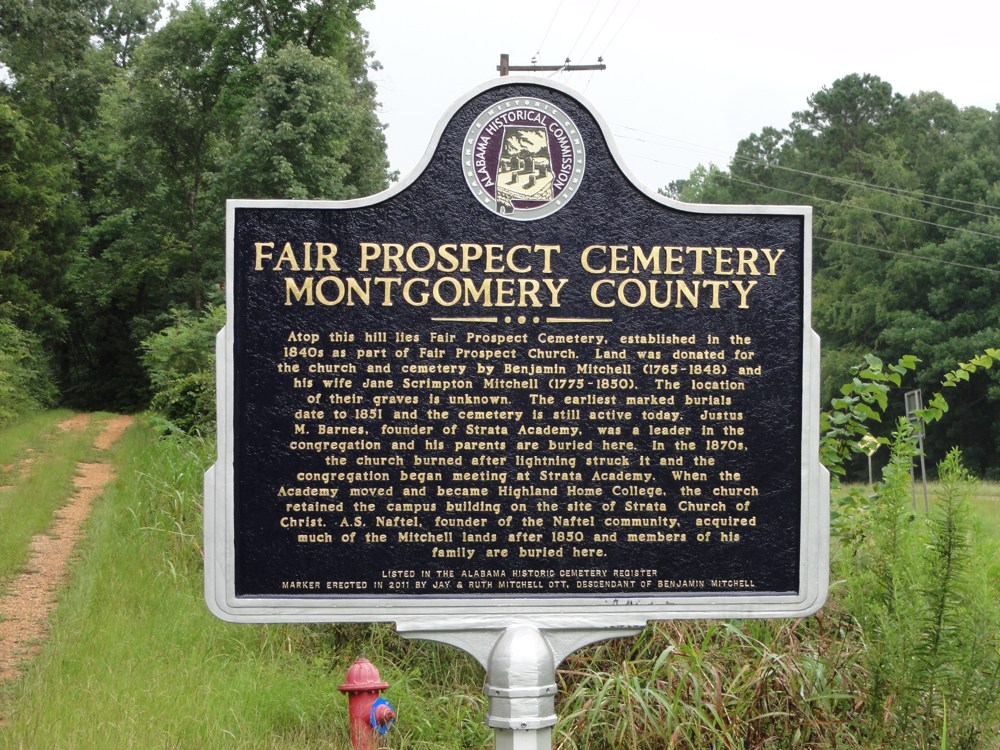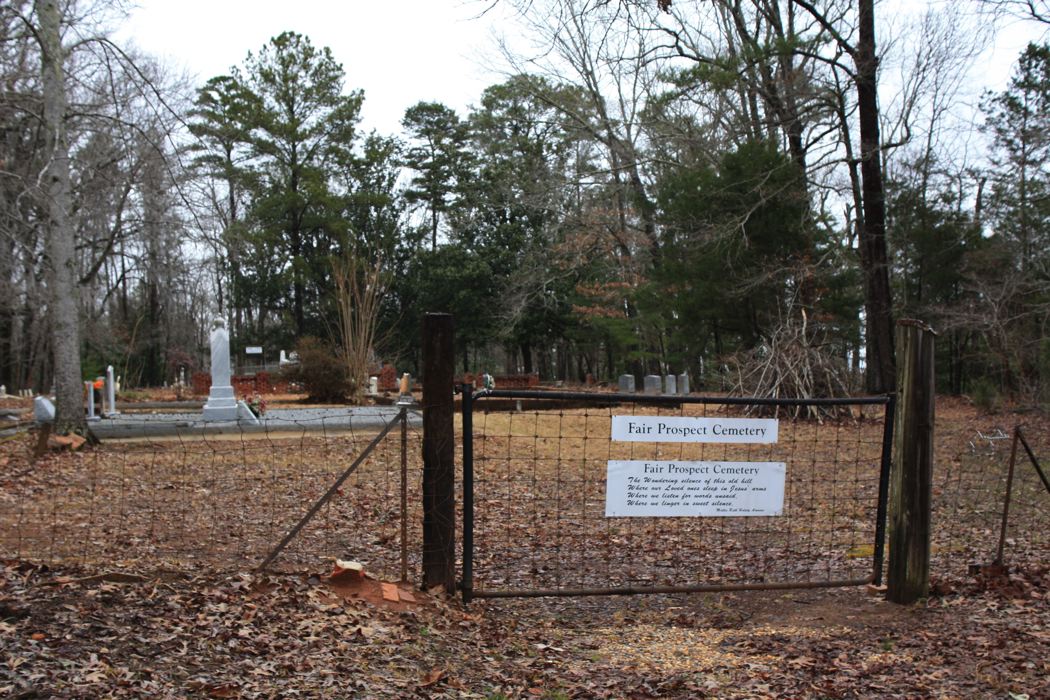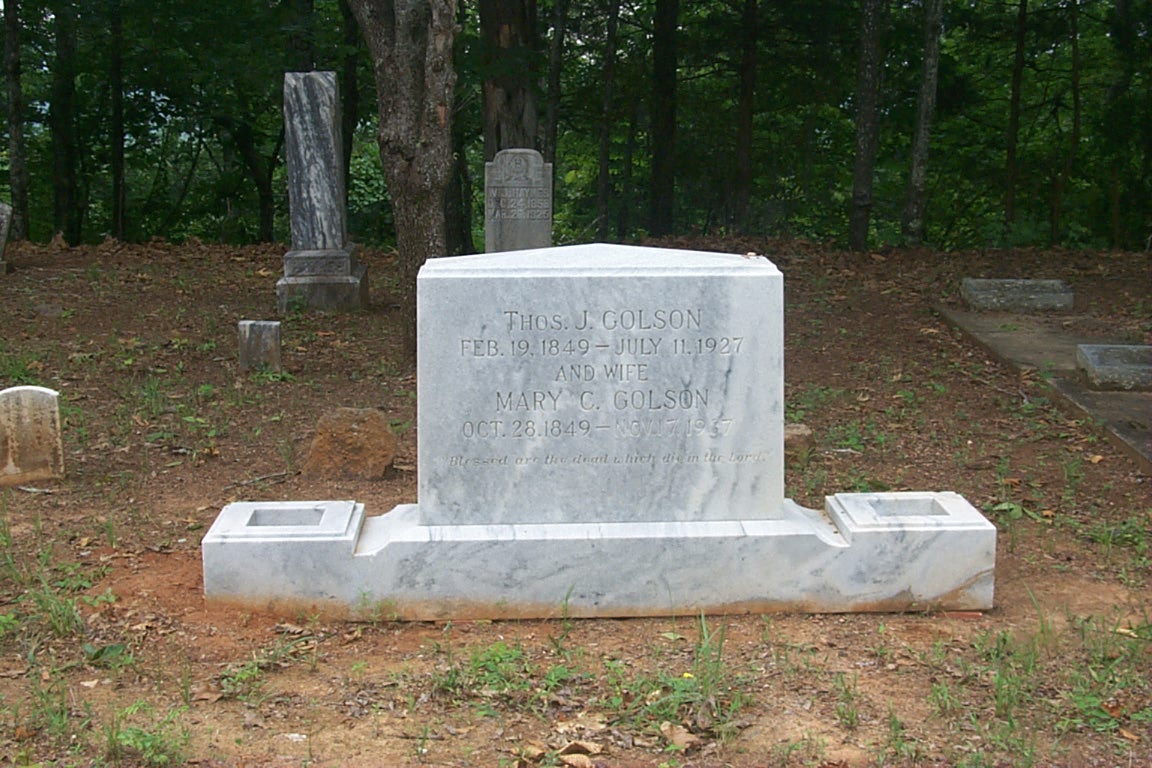Thomas Jefferson Golson
1849-1927
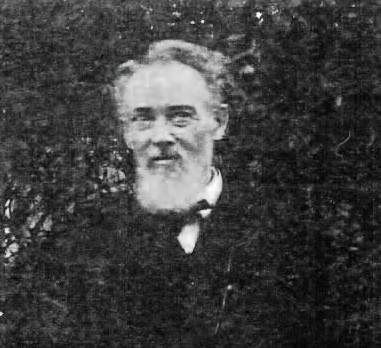
Biographical Sketch of Thomas J. Golson
Thomas Jefferson Golson was born February 19, 1849, near Fort Deposit, Ala. He came from a strong Methodist family and was one himself. He was a man of strong convictions, very honest with himself and others. He was married in 1871 to Mary Ann Johnston at Morganville, Ala., near McGee's Switch. About four years later he came to Strata and talked to the brethren there. In a few months he came back and obeyed the gospel. This showed Brother Golson did not make snap-shot decisions, but continuously studied the word of God, and then acted on what he learned to be the truth. His beloved wife was a great help to him in studying and preparing his early lessons.
Brother Golson had a gradual growth as a Christian. First he waited on the Lord's Table, and made short talks. Then he began to preach the gospel.
Brother Golson was a Dutchman and used the full accent of Dutch speech. This at the first hearing made it difficult to understand all the words he used. He was proud of being a Dutchman and with that splendid natural wit, he was always able to meet anything that might be said about his speech.
Brother Golson believed the whole truth. He proclaimed a full gospel, stressing obedience to every command. He always held up the sad fate of the will of the Lord. It is said that some good sister asked Brother Golson once why he did not preach more of the love and mercy of God, and not so much of hell fire and damnation. On his next appointment he related the conversation. and explained that the Bible still contained all these threats, and he believed them true, as he did the reward of eternal life to the faithful, obedient children of God. He also stated that he had a great fear of eternal fire, and earnestly begged men to obey God and not to be cast into the lake of fire prepared for the devil and his angels.
Brother Golson not only taught clearly and forcefully the first principles of the gospel, but was earnest in his appeal to the church to observe all things commanded them by Christ. He believed and taught that no man could be a Christian without making a sacrifice; that it cost time, effort, and money to be well pleasing to God. He was not afraid nor ashamed to teach and stress a complete obedience to all that God commanded.
Brother Golson possibly baptized more people than any preacher of his day in South Alabama. This convinces me that the positive style of preaching after all is the kind that carries conviction. There was no compromise in any preaching he did.
Brother Golson died at his son's, T. J., Jr., in Tharon, Ala., in 1927. So sleeps a faithful and beloved servant of the Lord, waiting the final and glorious day. It can be truly said of him, "He being dead, yet speaketh."
May this feeble effort to write of my beloved brother in Christ arouse many who knew him best to a more active life. May we still remember his plea for the faith once for all delivered to the saints.
-W. T. Grider, Under the column, Being Dead Yet Speaketh, Sound Doctrine Magazine, Sound Doctrine, page 7, Vol. 1, No. 14, September 25, 1941, p. 7.
-Editing Update, Scott Harp, 04.03.2023
![]()
THOMAS J. GOLSON, A FAMILY PERSPECTIVE
Earl Kimbrough
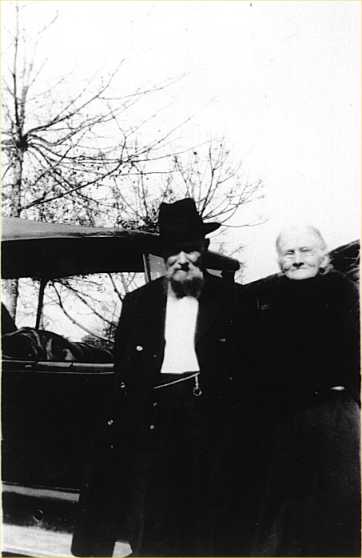 Thomas J. Golson, whose biography is featured in this issue of The Alabama Restoration Journal, is the great-grandfather of Rosemary Cutts Kimbrough, wife of Contributing Editor Earl Kimbrough. Rosemary's mother was Inez Golson Cutts, granddaughter of the pioneer preacher. The Golsons lived at Highland Home, Alabama, not far from J. M. Barnes' school. A note from Rosemary's sister, Anoia Cutts Stutzman, says: "Grandpa ran a store and farmed. Grandmama kept boarders. According to family legend, Jessie James once spent the night with them. He slept in the iron bed that became mama's [Inez Cutts], then mine, and now my daughter Marcia's. Grandmama was a lady of strong opinions and deep faith. She had a tremendous influence on mama, and therefore, on me and my children. We rise up and call her BLESSED! Grandmama had red hair, but when I knew her it was snow white-beautiful!"
Thomas J. Golson, whose biography is featured in this issue of The Alabama Restoration Journal, is the great-grandfather of Rosemary Cutts Kimbrough, wife of Contributing Editor Earl Kimbrough. Rosemary's mother was Inez Golson Cutts, granddaughter of the pioneer preacher. The Golsons lived at Highland Home, Alabama, not far from J. M. Barnes' school. A note from Rosemary's sister, Anoia Cutts Stutzman, says: "Grandpa ran a store and farmed. Grandmama kept boarders. According to family legend, Jessie James once spent the night with them. He slept in the iron bed that became mama's [Inez Cutts], then mine, and now my daughter Marcia's. Grandmama was a lady of strong opinions and deep faith. She had a tremendous influence on mama, and therefore, on me and my children. We rise up and call her BLESSED! Grandmama had red hair, but when I knew her it was snow white-beautiful!"
There are other interesting facts about Thomas J. Golson and his wife Mary Ann (Molly). Some is found in the article, "Grandmama's Copper Kettle," that follows this sketch. Molly Golson shows how much godly women contributed to the Restoration Movement in Alabama. She became a Christian as a result of studying in the Bible what one must to be saved and become a member of the Lord's church. She then taught her husband. She not only led him to become a Christian but encouraged him to become a gospel preacher, resulting in thousands of South Alabamians becoming Christians.
It was the lot of the Golson's to keep the preachers who came to Highland Home. Since their grand- daughter Inez stayed with them often, she came to know many of the great preachers that preached at Highland Home during the early part of the twentieth century. These include the beloved T. B. Larimore, whom she especially remembered fondly. She told about walking to the church hand in hand with Larimore when she was a child and him telling her how much he loved her. She also remembered Larimore and her grandmother weeping together in the home as they talked about the hard times during and after the Civil War. There are numerous descendants of Thomas J. Golson and his devoted wife Many Ann (Molly) who live in the vicinity of Montgomery, Alabama and in many other places in the state and nation who are Christians today no doubt because of the godly influence the Dutchman who, because of her, became one of the pioneer preachers of South Alabama.
Addendum. A note regarding Jessie James may be of interest. Jessie James did not identify himself by name when he spent the night with the Golsons and it was later that they learned the stranger's true identity. Oddly enough, I am distantly related to Jessie James. My paternal grandmother was a James and Richie Hester, in Forefathers of Franklin County, refers to Frank and Jessie James being "distant cousins" to Jasper James in Franklin County. My grandfather went to see Frank James when he visited relatives in Northwest Alabama many years after he ceased his outlaw ways. It thus became a family joke that my wife's great-grandparents entertained one of my earlier relatives, receiving him, if not as an angel then as a "stranger unawares."
![]()
GRANDMAMA'S COPPER KETTLE
Anoia Cutts Stutzman
Molly Johnson was only ten years old when the Civil War began, but she vividly remembered some of her experiences, and since I was the same age when she lived with us temporarily, I, too, remember her stories. Her parents had immigrated to America due to the potato famine in Ireland, and she possessed some of the independent "grit" that the Irish were famous for.
The family lived on a farm in southern Montgomery County, Alabama, in the 1860s, and when the war broke out, Molly's father and brothers went to fight for the Confederacy. They didn't own slaves, nor did they believe in slavery, but they were passionate about states' rights, and Montgomery, Alabama, was in the heart of Dixie.
One day Yankee soldiers came to the Johnson's home, supposedly looking for Confederate soldiers the family might be hiding. They "greeted" these helpless women and children by shooting into the house. A copper kettle was hanging in the fireplace, and the bullet pierced the kettle, allowing the jam that was simmering in it to trickle into the fire. Molly's mother, of course, mended the hole and continued using the utensil for many years. Another story she told that demonstrated some of her Irish "grit" was about digging a hole near a tree in the front yard and hiding her precious Confederate dollar so the Yankees couldn't find it ... and they didn't. Of course, when she dug it up at the end of the war, it was worthless, but she had the satisfaction of outsmarting the Yankees! Many years later, Molly married Tom Golson, and they both lived and served their God and their family as faithful Christians until they were in their late eighties. He died the year I was born, but she enriched my childhood greatly with her wit, wisdom and love. Molly and Tom were my great-grandparents, and owe such a debt of gratitude for the spiritual heritage they passed to me.
-The Alabama Restoration Journal, Vol. 1, Issue 3, July 1, 2006, pages 8,9![]()
Sister Golson's New-Birthday
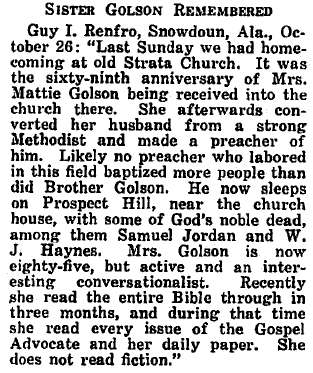
Gospel Advocate, November 8, 1934, page 1083
The Above Transcribed:
"SISTER GOLSON REMEMBERED"
"Guy I. Renfro, Snowdoun, Ala., October 26: "Last Sunday we had homecoming at old Strata Church. It was the sixty-ninth anniversary of Mrs. Mattie Golson being received into the church there. She afterwards converted her husband from a strong Methodist and made a preacher of him. Likely no preacher who labored in this field baptized more people than did Brother Golson. He now sleeps on Prospect Hill, near the church house, with some of God's noble dead, among them Samuel Jordan and W. J. Haynes. Mrs. Golson is now eighty-five, but active and an interesting conversationalist. Recently she read the entire Bible through in three months, and during that time she read every issue of the Gospel Advocate and her daily paper. She does not read fiction."
Web Editor's Note: Special thanks to C. Wayne Kilpatrick for sending in the above notice from the Gospel Advocate, 12.29.2012
![]()
Directions To Grave
Thomas Jefferson Golson, along with his wife Mary, and other family members are buried in the Fair Prospect Cemetery in southern Montgomery County, Alabama. If heading south on I-65 proceed past the I-85 interchange and take Exit 168 (Hwy.80) and go east (left if traveling south). Signs on this exit will also direct you toward Hwy 331. Go east about one mile and turn south on Hwy 331. Travel 28 miles south to mile marker 77. You will come up on County Road 68 (Naftel Rd.) on the left. Don't turn there. Less than 100 yards past the Naftel Rd. turn off on the right hand side is a driveway. The mailbox numbers showed 24730 & 24680, Hwy. 331. Note a little dirt road that heads back north up into a wooded area. At the end is the Fair Prospect Cemetery. In the middle of the cemetery you will find the grave of Thomas J. Golson.
Also buried at Fair Prospect: Samuel Jordan, Bartlet Hilliard, W.J. Haynes, J.V. Davis, Col. M.L. Kirkpatrick. Kirkpatrick, along with J.M. Barnes and Samuel Jordan started a school together in 1881 called, Highland Home College. Kilpatrick was the brother-in-law of J.M. Barnes and co-proprietor in the college for a period of time. It was a school that served the brotherhood for many years. See more on this school HERE!
GPS Coordinates
32°00'40.2"N 86°17'21.7"W
or D.d. 32.011167, -86.289350
![]()
Photo Taken 08.08,2013, This Is A New Historical Marker Added At The Entrance Of The Drive To Fair Prospect Cemetery
![]()
Other Preachers Are Buried At Old Prospect
Also The Family Plot Of J.M. Barnes
Also Located In The Fair Prospect Cemetery
Is This Monument Dedicated To
The Person And Work Of J.M. Barnes - Contributed Photos By Ken Golson
Note: Jordan & Kirkpatrick are buried at Old Prospect Cemetery.
At least five preachers from among churches of Christ are known to be buried there.
Barnes is not buried here, but a monument dedicated to him and the school he ran at Highland Home are present in the family plot.
![]()
